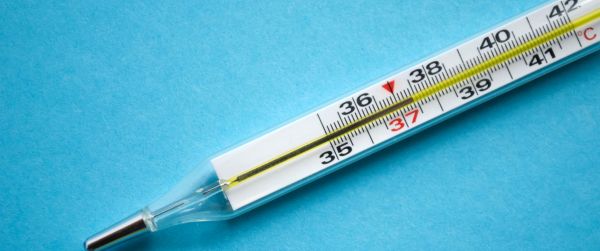By Kristine Catimbang, OSHAcademy Training Coordinator
As the COVID-19 pandemic continues to loom over the world, many companies have made the important decision to keep their employees safe by allowing them to work from home. For many employees, sitting at a desk and in front of computer monitors for extended periods of time is an integral part of their daily routine. The ergonomic design of a computer workstation is applicable in an office environment, at home, and any other environment you may work in. It is important for individuals to create comfortable workspaces to reduce ergonomic injuries. If you sit at a desk all day, proper workspace ergonomics will help you and your joints stay comfortable while working from home.
Individuals working from home should select and use a chair that supports your spinal curves. It is important for you to use a chair with lower back support and a seated cushion to help your posture (Mayo Clinic, 2019). Lumbar support cushions are a great addition to chairs with no lower back support. The chair height should be adjusted so that your knees are at the same level as your hips. Your feet should be resting flat on the ground or on a footrest as needed. If you need to raise your chair or desk to sit comfortably, you may need to use a footrest to support your feet. If the chair has adjustable armrests, then they should be adjusted so you can gently rest your arms on them, and so your shoulders can be in relaxed positions. When using a computer mouse or keyboard you should keep your wrists straight. The computer mouse should be placed within reach and on the same surface as the keyboard. The top of computer monitors should rest at or below eye level. Computer monitors should also be at least an arm’s length away from you. If you are using a laptop, use the same tips listed above to maintain proper posture while working to prevent ergonomic injuries. If you do not use an external monitor with the laptop, you can use a laptop stand to make sure the top of the screen is at eye level. Using an external keyboard and computer mouse with a laptop can also help keep your wrists straight and shoulders relaxed.
In addition to creating a comfortable workstation, it is also important for individuals to drink lots of water, remember to take breaks throughout the day, and stretch. Taking breaks throughout the day provides your bod y with rest from repetitive motions that can lead to musculoskeletal disorders and helps relieve strain on your eyes from staring at a screen. Stretching can help reduce discomfort and pain associated with sitting at a desk for long periods of time. The following are stretches which can be performed while sitting at a desk.
Arm Stretches:
- Overhead triceps stretches
- Wrist flexors and extensors
- Overhead reach
- Upper body and arm stretch
Head and Shoulder Stretches:
- Shoulder shrug
- Shoulder controlled articular rotations
- Neck stretch
- Upper trap stretch
Torso Stretches:
- Shoulder stretch
- Forward stretch
- Torso stretch
Leg and Knee Stretches:
- Hip and knee flexion
- Hamstring stretch
- Heel raise
For more information about the stretches mentioned above, please visit the links regarding stretching in the References. Stretching while working can also help improve your flexibility. In regard to stretching, remember to breathe normally and do not go further than is comfortable.











